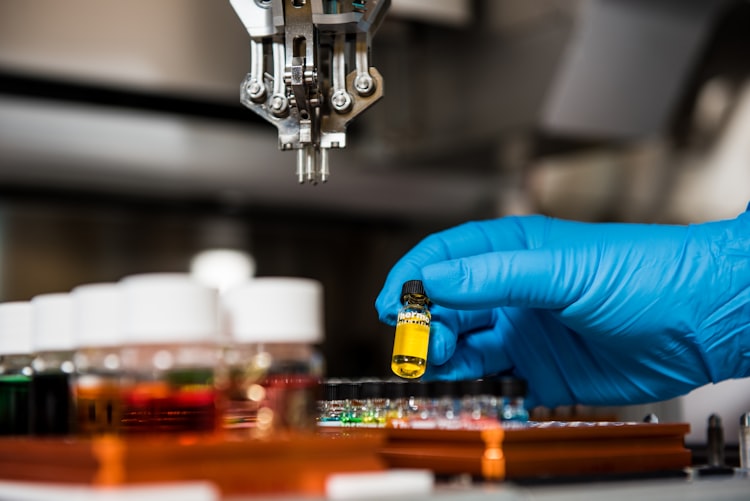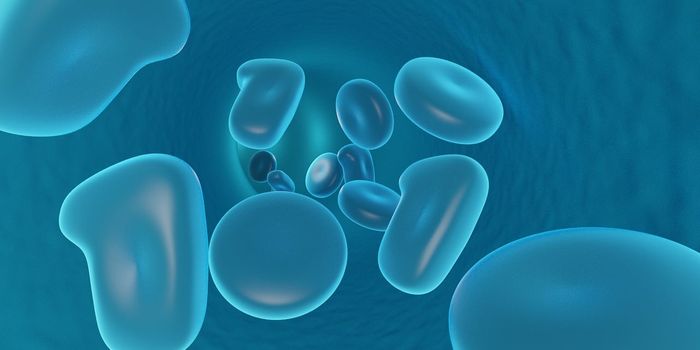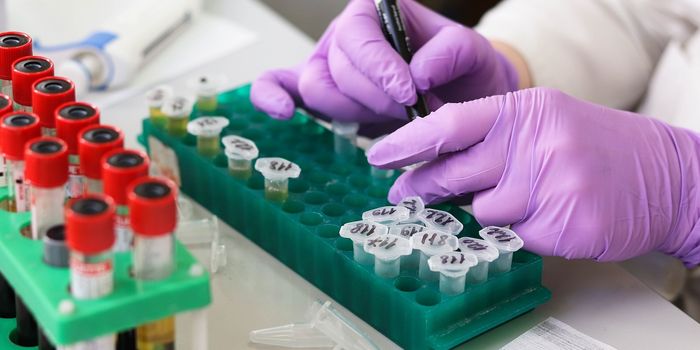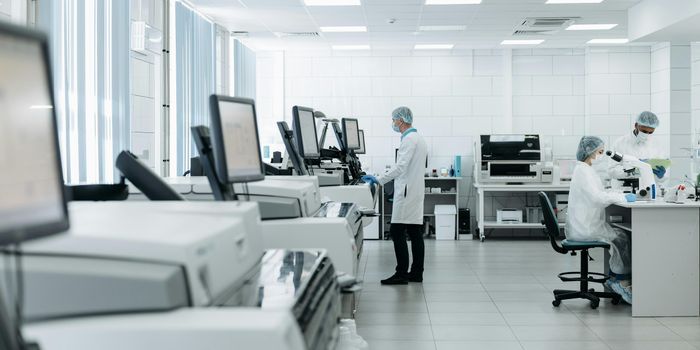Critical Interleukin Leads to Drug Discovery
The immune molecule interleukin-2 (IL-2) is a growth factor that stimulates the immune system to produce T-cells. Their powerful effects have encouraged researchers to harness them for therpeutic purposes.
"IL-2 can act as either a throttle or a brake on the immune response in different contexts," said Nikolaos Sgourakis, assistant professor of chemistry and biochemistry at UC Santa Cruz. "Our investigation used detailed biophysical methods to show how it does this."
Now, a study published in the Proceedings of the National Academy of Sciences discusses how nuclear magnetic resonance spectroscopy (NMR) was used to observe the structure of IL-2.
"We can use this information to tweak the balance, depending on what we want to achieve in a clinical setting," Sgourakis said. "To target regulatory T cells, we would want to stabilize the minor conformation, and to target effector T cells, we would want to stabilize the major conformation."
Learn more about interleukins:
"We have now come one step closer to a detailed understanding of how the IL-2 cytokine works," says visiting scientists and first author, Viviane De Paula. "It is the first time that anyone has managed to observe a transient state of IL-2 directly. With the use of NMR, we were able to describe the structure, dynamics, and function of IL-2 in its two conformations."
How does the study advance drug discovery? Well, for one, researchers discuss the numerous possibilities for drug development that can stabilize IL-2 for therapeutic applications.
"The details of the mechanism we present offer a direct blueprint for drug discovery," said corresponding author Christopher Garcia. "Every drug company wants to know how to engineer this cytokine, and this paper provides some of the first really bona fide structural clarity on the fascinating topic of IL-2 dynamics."
Source: Science Daily









